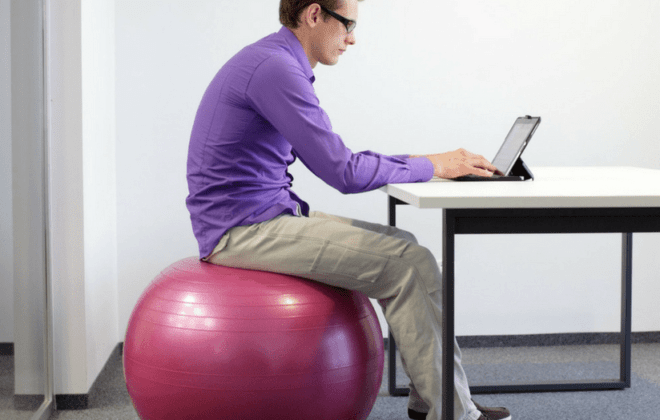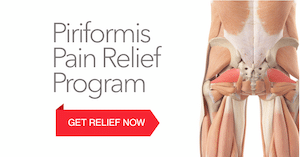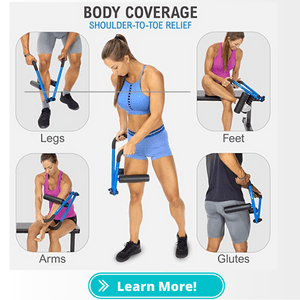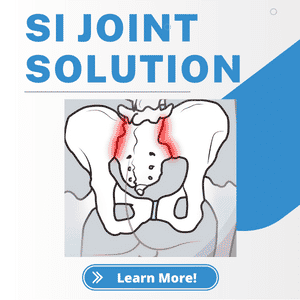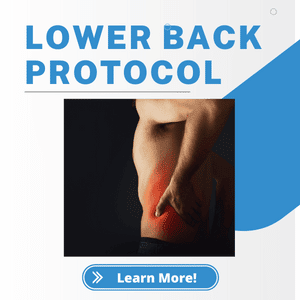The Best Piriformis Syndrome Exercise: Step-by-Step Guide
Piriformis syndrome is a painful condition that affects the back side of the hip. If you’re dealing with piriformis syndrome and haven’t found relief from other exercises, this blog post will guide you through an effective and gentle exercise to alleviate pain and restore function. We’ll discuss the side lying hip shift, a step-by-step exercise that can help you improve endurance, tolerance, and strength while reducing discomfort.
What is Piriformis Syndrome?
Piriformis syndrome causes pain in the back side of the hip. While some people may experience minor cases, others find it extremely painful. Traditional exercises like the glute clamshell may be too triggering for this sensitive area, resulting in flare-ups. However, it’s important to find ways to exercise to improve endurance, reduce pain, and restore function. Finding an addressing piriformis trigger points is important as well.
The Side Lying Hip Shift: A Gentle Alternative
The side lying hip shift is an excellent exercise for individuals dealing with piriformis syndrome. It allows you to work on the hip muscles without lifting the leg, minimizing sensitivity and discomfort. By gradually increasing your tolerance, you can progress to more challenging exercises like the clamshell in the long run.
Step-by-Step Guide to the Side Lying Hip Shift:
- Start by lying on your side with your hip and knee positioned at a 90-degree angle.
- Place a small ball between your knees to unload the weight of the leg during the exercise.
- Anchor your upper body to prevent rotation.
- Slide your top knee forward and backward, covering the full range of motion available to the hip.
- Control your range of motion and only work within a comfortable range that feels good.
- Begin with around 60 seconds of easy sliding, focusing on low-intensity, pain-free movement.
- As you feel more comfortable, gradually increase the range of motion in each direction, but always work within your comfort zone.
- Listen to your body and prioritize pain relief over range of motion. Desensitize the nerves before pushing for more mobility.
- Over time, try making your knee lighter on the ball to engage the external hip rotator muscles more.
- Start with a small range of motion and gradually increase it as tolerated.
Remember, it’s essential to progress at your own pace and not rush the exercise. Enjoy pain relief first, and as the nerves calm down, you can work on expanding your range of motion as a secondary goal.
Conclusion
The side lying hip shift is a highly effective and gentle exercise for individuals with piriformis syndrome. It provides a low-intensity, threat-free movement that helps improve endurance, tolerance, and strength while minimizing discomfort. By gradually building up your tolerance and reducing sensitivity, you can eventually progress to more challenging exercises.
Sam Visnic
Most Popular Posts
Categories
- Deep Gluteal Pain Syndrome (8)
- Deltoids (2)
- Foam Rolling (2)
- Glutes (9)
- Hamstrings (5)
- Hypnosis for Pain (3)
- Lats (2)
- Levator Scapulae (4)
- Lifestyle (8)
- Massage Therapy (39)
- Mobility (21)
- Movement and Exercise (19)
- Muscles (22)
- Nutrition (2)
- Obliques (1)
- Pain (25)
- Pectorals (3)
- Piriformis (3)
- Plantar Fasciitis (11)
- Psoas (11)
- Quadratus Lumborum (3)
- Quadriceps (2)
- Rhomboids (3)
- Sciatica (1)
- Serratus Anterior (1)
- SI Joint (14)
- Sternocleidomastoid (1)
- Stretching (18)
- Subscapularis (1)
- TMJ (2)
- Trapezius (1)
- Uncategorized (12)


